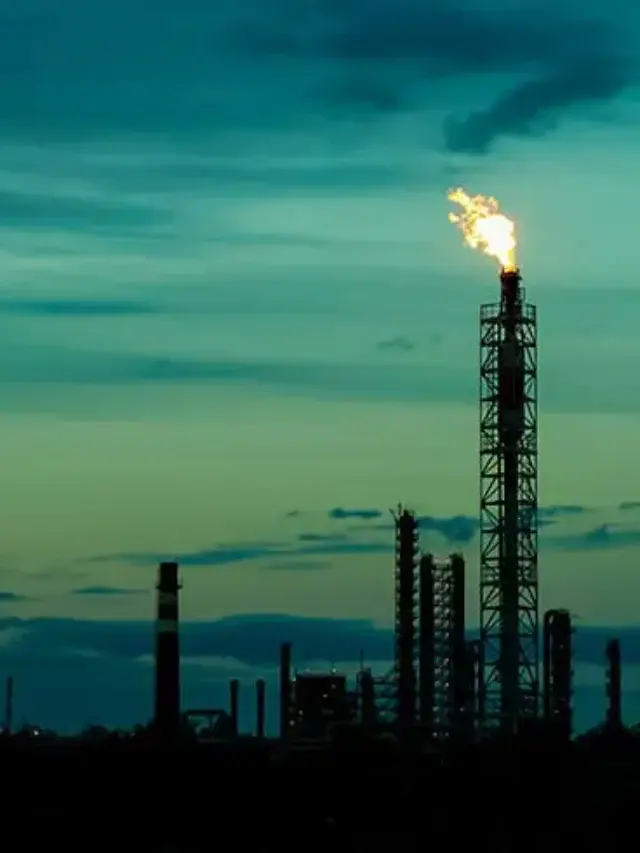The past five years have seen a crowded contest over the future role of gas. Gas of course matters because of its effects on economies and industries, but most existentially, it matters because of its implications as a greenhouse gas.
It follows, then, that observers, analysts and policy makers should properly understand those greenhouse gas emissions if they are to respond to them in the way that’s required. As things stand, however, the picture is far from clear.
A bias in the way that methane emissions are reported makes it almost impossible to understand the real emissions impact of gas when it leaks. This nontrivial bias is inhibiting a frank assessment of the emissions implications of continuing gas use and is potentially slowing our pursuit of electrification for the gas uses it can replace.
Investors and Australians more broadly deserve greater clarity.
We are told that the global warming effect of one tonne of methane is equivalent to 28-36 tonnes of carbon dioxide. That sounds bad, but with a more informed reading it’s apparent that the implications for global warming are more like three times that figure.
This difference in reading comes from an understanding of how long methane takes to break down in the atmosphere and when the measurement is taken. It has been standard to discuss emissions based on a Global Warming Potential measured at the 100-year mark, after the greenhouse gas has had a century suspended in the atmosphere.
Methane has a much stronger warming effect earlier in its atmospheric life. It means that the global warming impact can appear higher or lower depending on when it is measured, whether soon after it is emitted or after more years spent in our atmosphere.
After having a century to decompose to lower levels, methane still punches out 28-36 times the global warming of carbon dioxide. In the near term it is much higher.
If measured over a more relevant 20-year life, that same methane causes 84-87 times the global warming per volume of carbon dioxide. That means leaked natural gas is not far off 100 times worse than carbon dioxide emissions.
Emissions reduction and draw down this decade and next are absolutely critical. With mounting evidence of climate tipping points, it’s essential that we keep our focus on near-term measures that slow their approach. It makes no sense to measure gas emissions long after they have declined.
The 100-year measurement window complies fully with Australian reporting rules and is standard in company disclosures, but it falls short on any pragmatic assessment of impact and transparency. At the very least, companies with methane in their value chains should give their 20-year emissions impact as well as the 100-year value.
With the Department of Climate Change, Energy, the Environment and Water set to complete the annual NGER scheme update cycle this June, including a response to Climate Change Authority’s related recommendations on methane measurement, there is an opening for such an addition. We need data to train our focus on the critical years leading to 2050, and the fuel and infrastructure decisions that will shape them.
Unflinching engagement with the real emissions implications of gas use, as well as very-real gas scarcity considerations in southeastern Australia, should drive deeper action to electrify household and commercial business gas use. I’d like to see us hit the gas on that.
Anna Hancock is an Executive Director at climate change investment and advisory firm Pollination. She is former Head of Sustainability and Climate at Energy Australia and is a Board member of the Carbon Market Institute.






